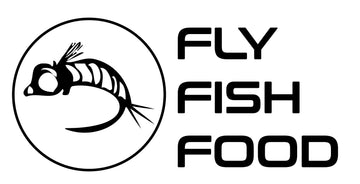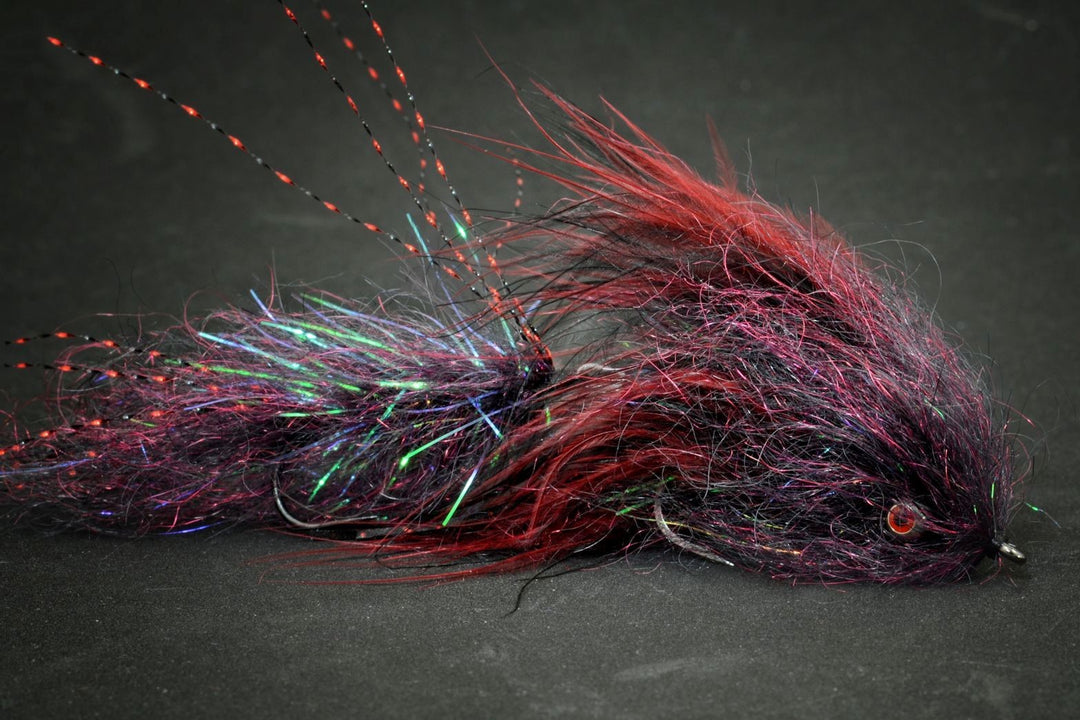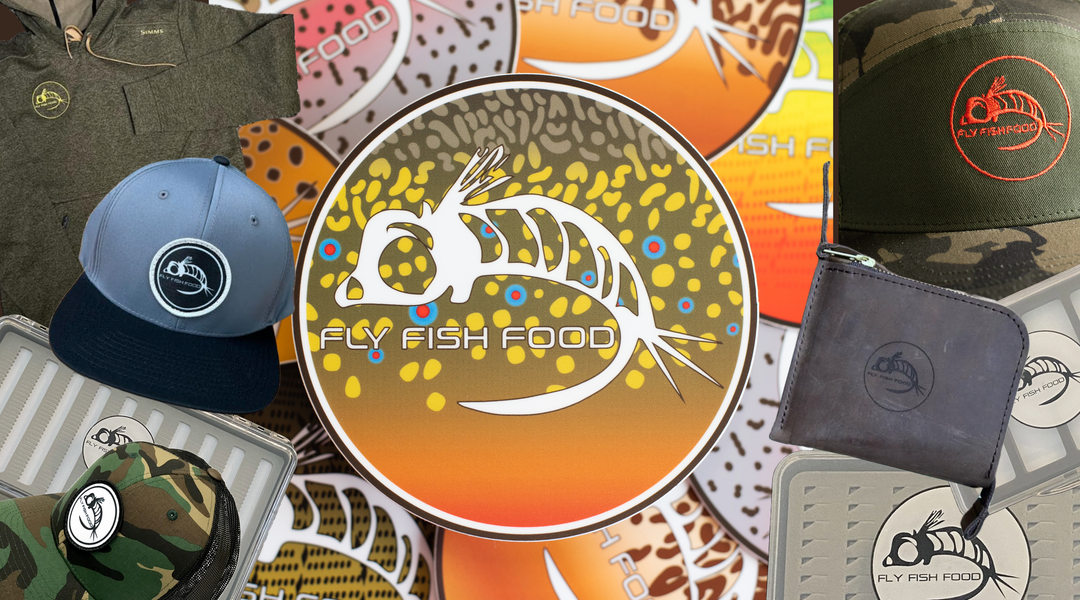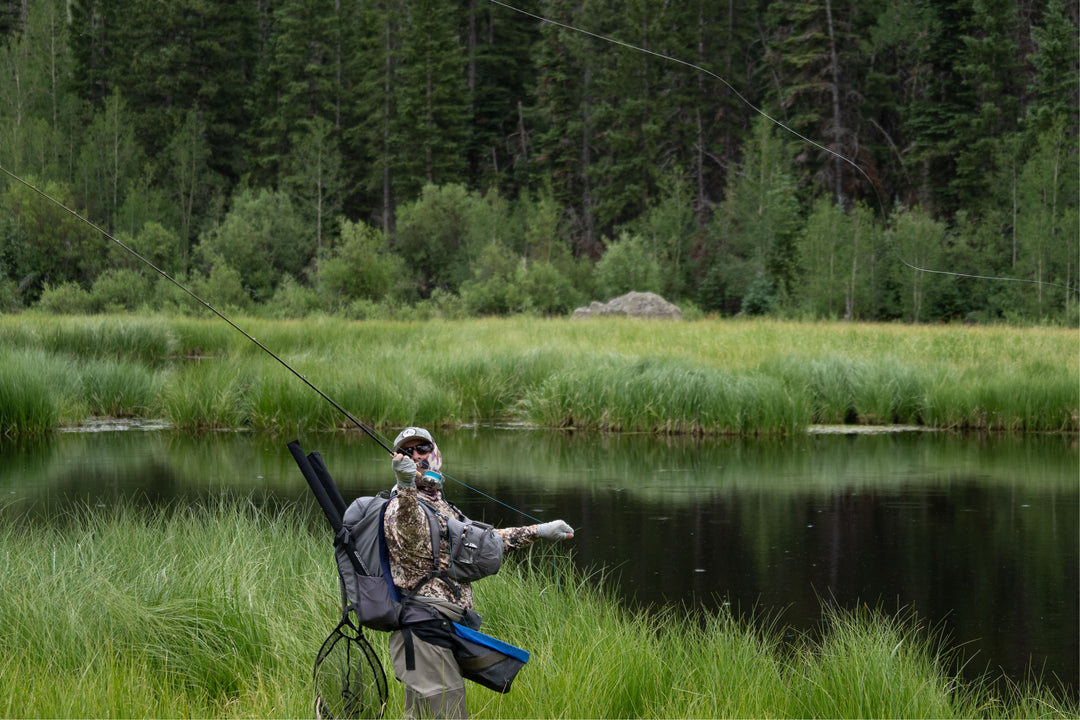Montana ·
Yellowstone River Fly Fishing Report - August 8/23/2025
YELLOWSTONE RIVER FLY FISHING REPORT
Livingston → Paradise Valley (Montana)
Report Date: August 23, 2025 | Next Update: August 30, 2025
Current River Conditions
Warm-water watch: The Yellowstone is lower and running warmer than spring—fish early, keep handling to a minimum, and target cooler seams and oxygenated riffles. Expect good terrestrial action through August evenings.
Flows & Clarity
Approx. flow (Livingston reach): 1,500–1,800 cfs (dropping trend)
Water Clarity: Mostly clear to slightly off-color in slower runs
Note: Low flows concentrate fish into seams and pocket water.
Approx. flow (Livingston reach): 1,500–1,800 cfs (dropping trend)
Water Clarity: Mostly clear to slightly off-color in slower runs
Note: Low flows concentrate fish into seams and pocket water.
Water Temperature
Current Surface: ~64–66°F (18–19°C) in many wadeable sections
Daily Range: Morning cools, afternoons warm into mid 60s
Fish-care: Avoid mid-day play on hookups; quick net & release in water.
Current Surface: ~64–66°F (18–19°C) in many wadeable sections
Daily Range: Morning cools, afternoons warm into mid 60s
Fish-care: Avoid mid-day play on hookups; quick net & release in water.
Weather
Typical late-August pattern: warm, sunny afternoons; cool mornings
Wind: Light to moderate — gusts can push dries off track in the afternoons.
Typical late-August pattern: warm, sunny afternoons; cool mornings
Wind: Light to moderate — gusts can push dries off track in the afternoons.
Access & Logistics
Main access points (Livingston downstream) open; boat ramps usable but check local shop reports for last-mile road conditions
Regulations: Check Montana FWP for seasonal rules and any emergency temperature-related measures before heading out.
Main access points (Livingston downstream) open; boat ramps usable but check local shop reports for last-mile road conditions
Regulations: Check Montana FWP for seasonal rules and any emergency temperature-related measures before heading out.
Hatch Chart & Insect Activity (late-August)
| Insect | Size | Activity Level | Prime Time |
|---|---|---|---|
| Terrestrials (Hoppers, Ants, Beetles) | #6–12 (hoppers), #12–18 (ants) | Heavy ⭐⭐⭐⭐ | Late morning through afternoon; best in warm sunny stretches |
| Caddis | #14–18 | Moderate ⭐⭐⭐ | Evenings and low-light conditions |
| PMD / BWO | #14–18 | Light to occasional ⭐⭐ | Cooler mornings; select protected runs |
| Stoneflies / Salmonflies | #4–10 | Mostly finished for season (residual populations only) ⭐⭐ | Where present, target riffles mid-day |
| Midges & Mid-sized Nymphs | #18–20 (midges) / #12–16 (nymphs) | Present ⭐⭐ | All day in slicks and slow seams |
Recommended Patterns (matched to our fly-sheet)
Pack a mix: terrestrials for afternoons, reliable dries for evening caddis/PMD windows, nymphs for morning indicator work, and a couple of aggressive streamers for low-light or targeting structure.
| Role | Pattern | Link |
|---|---|---|
| Terrestrial — Hopper (dry / hopper-dropper) | Fancy Pants Hopper - Tan | Fancy Pants Hopper - Tan |
| Terrestrial — Ant | Bionic Ant (Black) | Bionic Ant - Black |
| Caddis — Dry | Corn-fed Caddis (CDC) Tan | Corn-fed Caddis (CDC) Tan |
| PMD / BWO — Parachute (dry) | Parachute - Blue Wing Olive | Parachute - Blue Wing Olive |
| Stonefly / Big Nymph | Tungsten Pat's Rubber Legs (stonefly nymph) | Tungsten Pat's Rubber Legs |
| General Nymph — All-purpose | Pheasant Tail Tungsten (beadhead) | Pheasant Tail Tungsten |
| Perdigon / Fast-sink Nymph | Egan's Warrior Perdigon - Rainbow | Egan's Warrior Perdigon - Rainbow |
| PMD Nymph / Emerger | Split Case - PMD | Split Case - PMD |
| Midge / Tiny Dropper | Black Zebra Midge (TBH) | Black Zebra Midge (TBH) |
| Streamer — Sculpin / Baitfish | Coffey's Articulated Sparkle Minnow - Sculpin #4 | Coffey's Sparkle Minnow (Sculpin) |
| Streamer — Baitfish / Aggressive | Sculpzilla - Natural | Sculpzilla - Natural |
| Soft-hackle / Emerger | Soft Hackle Pheasant Tail Jig - Barbless | Soft Hackle Pheasant Tail Jig |
| Eggs / Dirty Fly (pools & tailouts) | Sunny Side Up - Sunburst (eggs) | Sunny Side Up - Sunburst |
Tactics & Tips — How I'd Fish It (Aug 23, 2025)
Early morning (first light–09:30): Indicator nymph rigs (beadhead PT or Pat's Rubber Legs with a smaller midge dropper) in riffles and pocket water. Focus on seams where cooler water congregates.
Late morning → Noon: Water warms—move to deeper runs and seams; try a fast-sinking Perdigon or a tungsten nymph under an indicator. Be ready to pause and fish classic pocket water presentations.
Afternoon: Terrestrials rule warm afternoons. Fish a hopper or foam-bodied terrestrial on top with a small dropper if you want subsurface coverage. Target banks, undercut edges, and foam lines.
Evening: Switch to dries as caddis and PMD windows open—skitter the caddis, dead-drift emergers in seams, and watch for surface refusals in low light. Tie on a streamer when light drops for aggressive takes on structure.
Fish care & safety: Keep fish in the water while unhooking, use rubber nets, and release quickly. If water temps climb further, prioritize short fights and revive fish in current before release.
Late morning → Noon: Water warms—move to deeper runs and seams; try a fast-sinking Perdigon or a tungsten nymph under an indicator. Be ready to pause and fish classic pocket water presentations.
Afternoon: Terrestrials rule warm afternoons. Fish a hopper or foam-bodied terrestrial on top with a small dropper if you want subsurface coverage. Target banks, undercut edges, and foam lines.
Evening: Switch to dries as caddis and PMD windows open—skitter the caddis, dead-drift emergers in seams, and watch for surface refusals in low light. Tie on a streamer when light drops for aggressive takes on structure.
Fish care & safety: Keep fish in the water while unhooking, use rubber nets, and release quickly. If water temps climb further, prioritize short fights and revive fish in current before release.
Quick Rig Suggestions
- Indicator rig: Pheasant Tail Tungsten (point) + Black Zebra Midge (dropper) — 9–12' leader with a 6–8' tippet between indicator and flies.
- Hopper-dropper: Fancy Pants Hopper on top, 24–36" fluorocarbon dropper to a soft-hackle or small nymph (Split Case PMD or Pheasant Tail).
- Streamer: 7–8 weight rod; sink-tip or weighted fly; long strips with pauses along structure and tailouts.
Local Notes & Where To Check
Before you go: confirm local updates with Livingston-area shops and Montana FWP for any temperature-related restrictions. Late-August fishing can be excellent if you focus on mornings, seams, and terrestrial windows.




